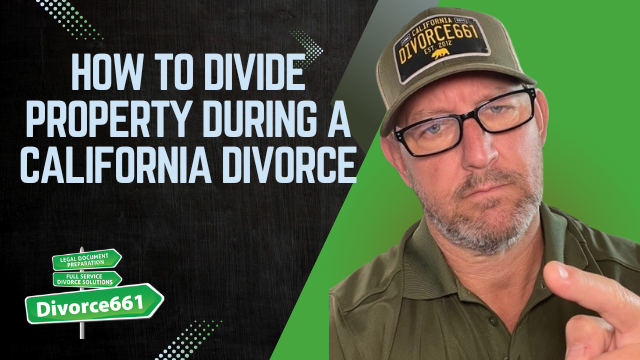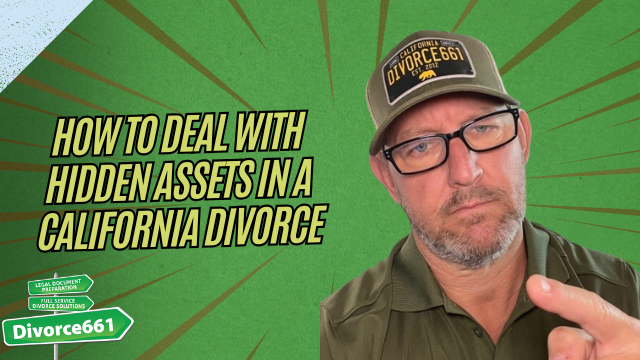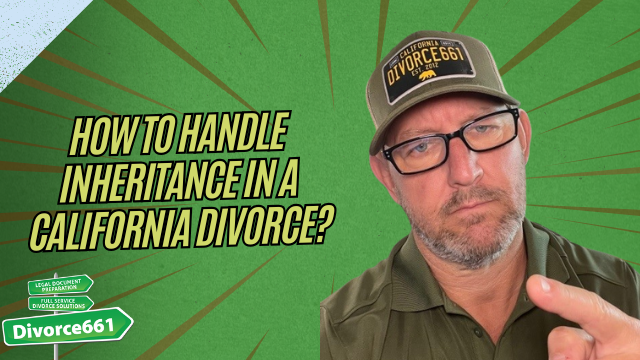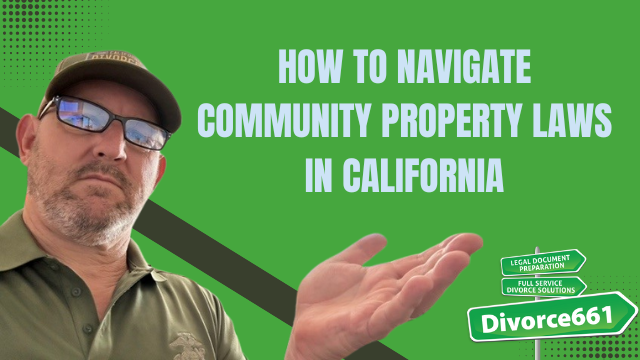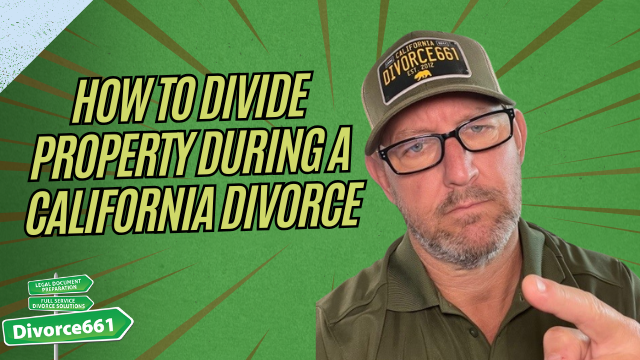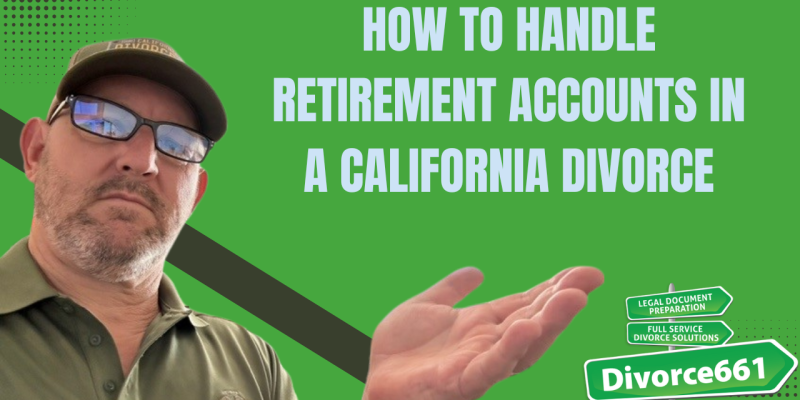How to Divide Property During a California Divorce
One of the biggest concerns in divorce is how to divide property fairly. In California, property division follows community property law, which generally means assets and debts acquired during the marriage are split 50/50. Below I explain how that works, what you need to disclose, and practical ways couples reach fair agreements without going to court.
Understanding community property versus separate property
In California, the starting point is to distinguish between community property and separate property.
- Community property: Assets and debts acquired during the marriage. These are presumptively divided equally.
- Separate property: Assets or debts owned before marriage, or acquired during the marriage by gift or inheritance. Separate property generally stays with the original owner.
- Keep in mind that commingling (mixing separate funds with community funds) can change a separate asset into community or partially community, so documentation matters.
Step 1: Identify all assets and debts
Start by making a complete list of everything you and your spouse own and owe. Be thorough. Typical items include:
- Primary residence and other real estate
- Cars and other vehicles
- Bank and brokerage accounts
- Retirement plans, pensions, 401(k)s, IRAs
- Credit card debt, mortgages, student loans
- Personal property such as jewelry, furniture, and even frequent flyer miles
Step 2: Complete and exchange financial disclosures
California requires both parties to complete and exchange financial disclosures. The two key forms are:
- Schedule of Assets and Debts: Lists every asset and liability, whether community or separate.
- Income and Expense Declaration: Shows current income, monthly expenses, and other financial details.
These forms give each side a clear picture of what must be divided and help prevent surprises later. Full and honest disclosures are essential.
Step 3: Negotiate a fair division
Once disclosures are exchanged, you can work together to decide who keeps what. Common approaches include:
- One spouse keeps the house while the other receives a cash buyout or larger share of retirement accounts.
- Splitting liquid assets and offsetting with unequal division of nonliquid assets so the overall result is fair.
- Dividing debts so each party leaves the marriage with an equitable share of obligations.
As long as the division is fair and both parties agree, the court generally approves the settlement. The goal is an outcome that reflects a roughly equal split of the community estate, even when specific items do not split exactly 50/50.
Common issues and practical tips
- House: Decide whether to sell and split the proceeds, one spouse buys the other out, or one spouse keeps the home and the other receives other assets to equalize the division.
- Retirement accounts: These often require a Qualified Domestic Relations Order (QDRO) or similar instrument to divide tax-qualified plans. Plan ahead for tax consequences and timing.
- Debts: Make sure agreements specify responsibility for debts to avoid future liability surprises.
- Documentation: Keep records that show how values were determined and how commingling was handled.
Real client example
Here is a simple illustration of a practical settlement I helped negotiate. The couple had two cars, a home with equity, and retirement accounts. To reach a balanced result we agreed on the following:
- One spouse kept the house and agreed to buy out the other spouse’s share of the equity.
- The buying spouse provided a buyout payment and also transferred a portion of their 401(k) to balance the overall division.
- The cars and other smaller assets were divided so both parties left with comparable value.
The settlement was straightforward, fair to both sides, and approved by the court without issue.
Drafting a marital settlement agreement
A clear, enforceable marital settlement agreement records how property and debts are divided. Important elements of a good agreement include:
- Plain English descriptions of each asset and debt and who gets what.
- Specifics on buyout amounts, payment timing, and how retirement plans will be split.
- Language that ensures the agreement complies with California community property law.
- Provisions assigning responsibility for debts and handling any tax issues.
A well-drafted agreement reduces the risk of future disputes and increases the likelihood the court will accept the settlement the first time it is submitted.
How I help clients
I work with couples to draft marital settlement agreements that are clear, legally compliant, and easy to enforce. The focus is on avoiding court, reducing conflict, and getting the division done right. Services include:
- Guiding you through identifying and valuing assets and debts
- Preparing and reviewing financial disclosures
- Drafting plain-English settlement agreements tailored to your situation
- Ensuring agreements comply with California law and court requirements
Ready to move forward?
If you are ready to divide property fairly and move forward with confidence, schedule a free consultation at divorce661.com. I will help make sure everything is handled properly so you can avoid court, avoid conflict, and get it done right.
Question for you: What do you think is the hardest property to divide in a divorce—the house, retirement accounts, or debts?

